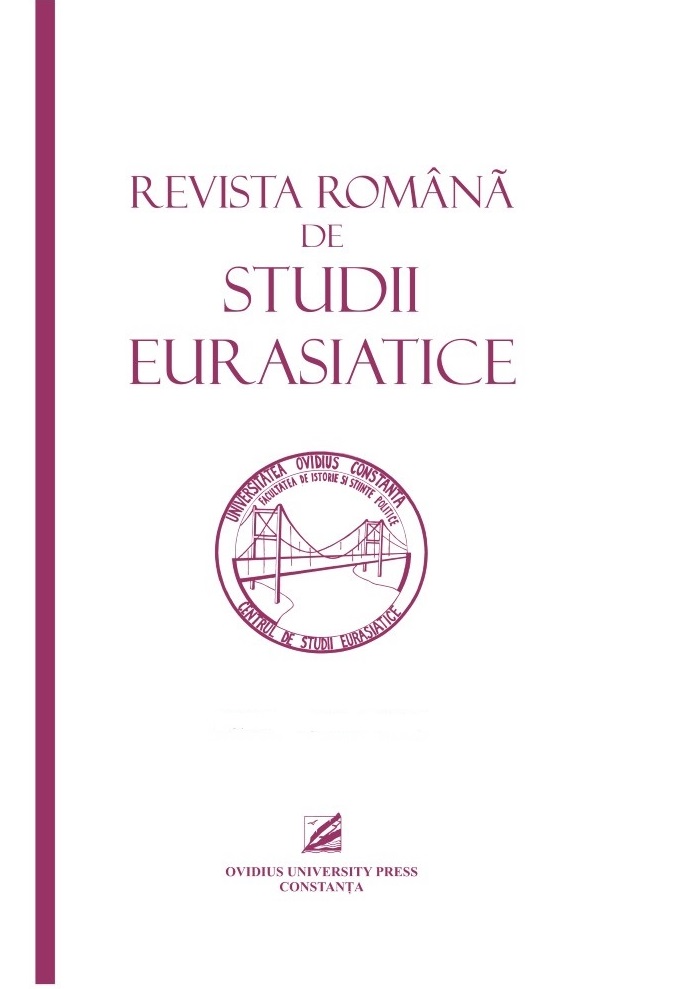DOBRUJAN ETHNO-FOLKLORIC ORGANOLOGY - A DIACHRONIC PRESENTATION
DOBRUJAN ETHNO-FOLKLORIC ORGANOLOGY - A DIACHRONIC PRESENTATION
Author(s): Mirela KozlovskySubject(s): Cultural history, Customs / Folklore, Local History / Microhistory, Ethnic Minorities Studies
Published by: Ovidius University Press
Keywords: organology; traditional music; ethnic; Aromanians; Megleno-Romanians; Tatars;Lipovan Russians;
Summary/Abstract: Located between the mouths of the Danube and the Black Sea, Dobruja is the oldest province of all Romanian territories. The region of Dobruja, the first one to be mentioned by history, is considered to be a veritable linguistic and cultural mosaic which provided equal opportunities for self-assertion to all the ethnic groups that settled in this region featuring a variety of landforms: water for navigation and haulage, forests, fields suitable for agriculture. Even though the pressure of assimilation has been moderate in Dobruja, ever since the middle of the last century, the evolution of society has brought about irredeemable changes in the patriarchal lifestyle of all ethnic communities there. Some of the disruptive factors which enabled such transformations are: the disappearance of traditional villages, the proximity of a majority group or another ethnic group seen as superior, marriages outside the group, the phasing out of folk creators, as well as of vocal and instrumental performers, economic globalisation, etc. Meanwhile, there has been an impact on dialects, interpersonal relations within groups, the musical and choreographic repertoire, organology, customs, traditional dress, etc. The history of the appearance, development, transformation, and perfection of folk instruments helps us understand in a more substantial and comprehensive manner their role and function in the musical and cultural universe of each people. The present study aims to highlight the dynamics of the ethno-folkloric organology representative for the Aromanian, Megleno-Romanian, Turkish, Tatar, and Lipovan Russian communities in Dobruja, in accordance with the transformations which occurred in rural society. Irrespective of the ethnic group under discussion, the traditional musical instruments used in community practices either belong to the group and were created to serve a well-established purpose or have been assimilated from majority cultures and adapted to the group’s own spiritual and aesthetic experiences.
Journal: Revista Română de Studii Eurasiatice
- Issue Year: 16/2020
- Issue No: 1-2
- Page Range: 75-90
- Page Count: 16
- Language: English

